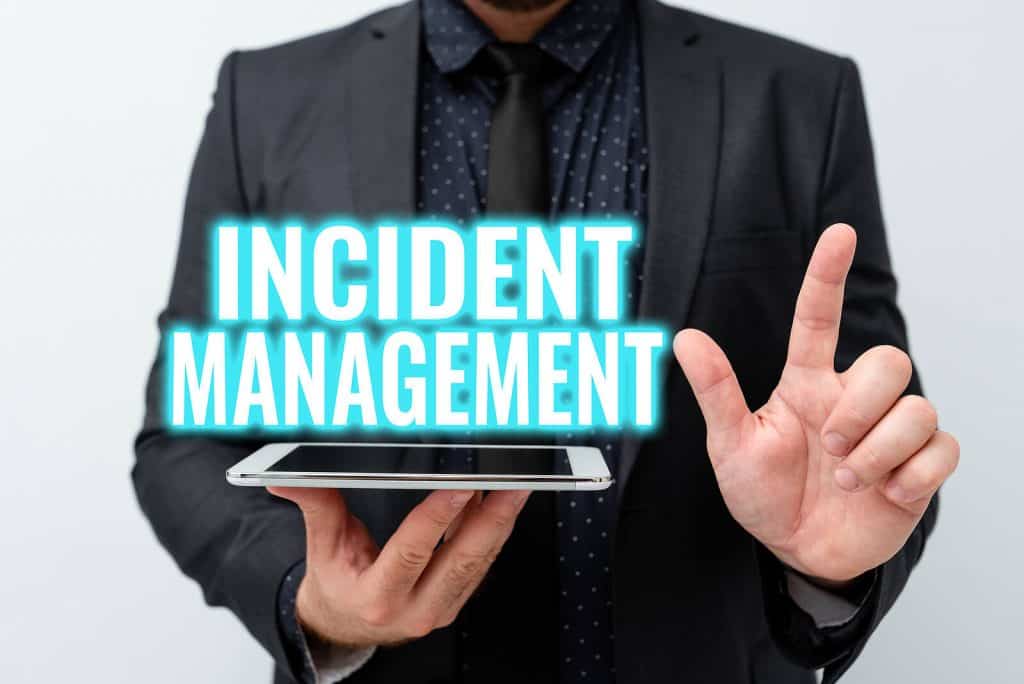Every IT organization has an incident management practice, many of which were developed years ago and never taken out, dusted off, and reimagined. If that sounds familiar, it’s time to modernize incident management, creating one that leverages automation and artificial intelligence to supplement human effort. This blog presents three ideas for getting started:
Table of Contents
ToggleIdea #1: Automating Incident Creation
Incidents can be auto-created, prioritized, and assigned when monitoring tools are integrated into a service management platform with a well-built CMDB (Configuration Management Data Base). Artificial intelligence adds the ability to leverage automated repairs where practical. Incidents affective critical services can be automatically promoted to a significant incident and bridge calls established more quickly than relying on humans to wait for a report from an end-user and then manually escalating the issue.
Many organizations have given up on this approach because their CMDB lacks the relationship between infrastructure components and services that support the ability to achieve this level of automation. Still, with the level of automation now available, there’s more reason than ever to finish that CMDB.
The automation effort shouldn’t stop with infrastructure and services. However, take automated incident creation to the user devices in the environment: computers, printers, and other remote using the same approach. Pulling error logs from devices and analyzing them with artificial intelligence, then opening automated tickets gets the end-user out of the middle. Instead of contacting support, the end-user could receive an “incident resolved” notification before knowing they had an issue.
Idea #2: QR Codes to Automate Incident Reporting
Another idea to modernize incident management is using QR codes to enable users to report issues on remote devices. They simply scan the QR code with their mobile device, and an incident is opened for the device. Combine this with pulling all logs from the device and using AI to scan them for potential issues, and sometimes the problem can be fully corrected via automation. If not, a tech can be dispatched to contact the user or visit the device, depending on the issue found. The user who reported the problem is kept updated throughout the process.
The best part about QR codes is they can be made unique to support the ability to auto-assign them so that desktop issues go to the proper team vs. printers and copy machines. They can also be used to request supplies, making printer management more accessible than ever.
Idea #3: Desktop “Help Me” Button
Since routine scanning of error logs may not catch every device having an issue, imagine placing a “help me” button on the user’s desktop. This icon can be scripted to pull logs, scan open applications, and even pull screenshots to create documentation for the incident when selected automatically. If desired, the end-user can have a pop-up window to describe the issue, and the entire package can be shipped off to the incident that’s automatically created. Why send them to the phones or a service portal when they can click on a button?
The Business Value of this Approach
Good Press: While a lot is being written and said about XLAs, and Experience Level Agreements, there’s more to pleasing customers than ensuring an effective contact experience: eliminating the need to contact support via automation is a way to get a “win” with customers. Solve one problem with automation, and they feel IT understands their needs. Word gets around.
Scalability: Simple end-user problems make up a large volume of support issues. Automation can resolve simple, repetitive problems, enabling existing staff to work on the more diverse set of issues that take more time to figure out. Automation also means the ability to do more with less, hopefully relieving some of the pressure front-line techs experience.
Business Returns: Keeping people working means less loss of productivity time, which pays dividends to the company. Even if they’re having a minor issue, being able to report it via a QR Code or Help Me button means they don’t waste time waiting to talk to a human or manually logging that incident ticket.
Improvement of Vital Services: As IT begins automating repairs for repetitive issues, more time can be spent looking at vital business services and optimizing their operation, which pays even bigger dividends than getting a single user up and running via automation.
Getting Started
Start with these three steps to modernize incident management through automation:
- Get auto-discovery and service mapping underway for your CMDB if it’s not already in place
- Ensure you’re using best of breed monitoring and management tools, those that enable efforts to get down to the device level and which offer effective event correlation
- Look at the features available in your current service management platform: there’s a good chance you’re not using everything available and can implement some of them.
With these three steps, put together a 3-month quick-win effort and a longer-term incident modernization initiative





